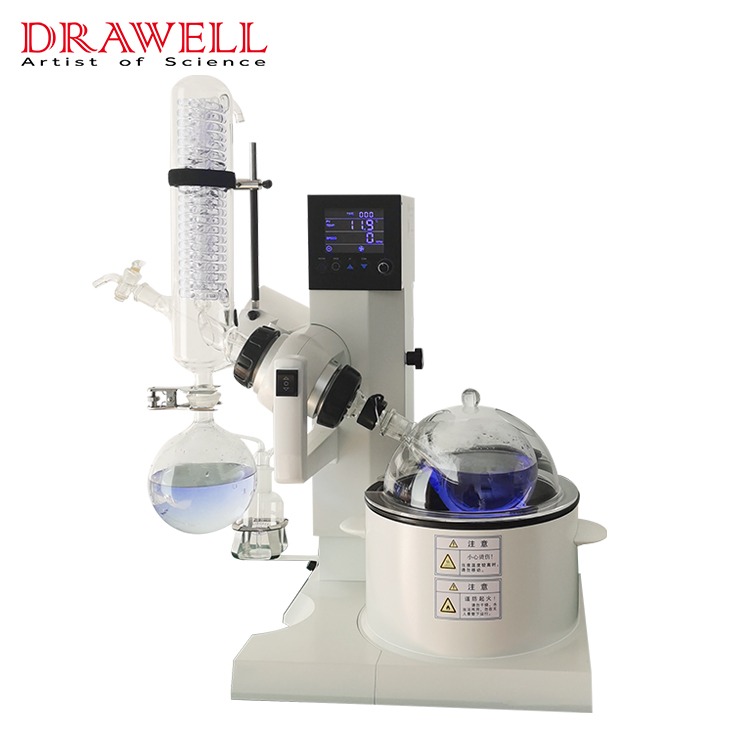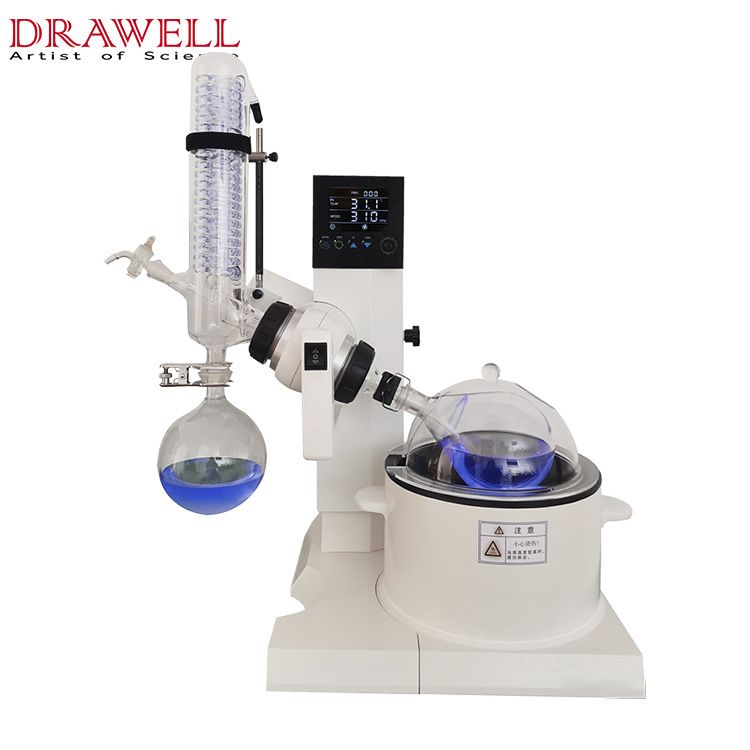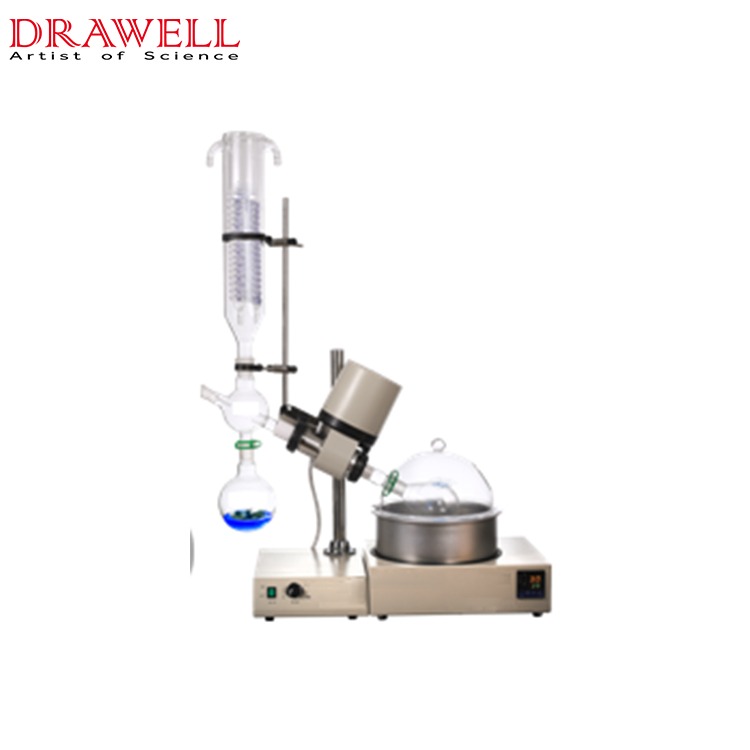The key to effectiveness of rotary evaporators lies in the vacuum system, which plays a critical role in reducing the boiling point of solvents, allowing for their gentle evaporation at lower temperatures. Recent advancements in vacuum technology have significantly improved the performance, efficiency, and versatility of rotary evaporators. This article delves into the latest developments in advanced vacuum systems and their impact on rotary evaporation processes.
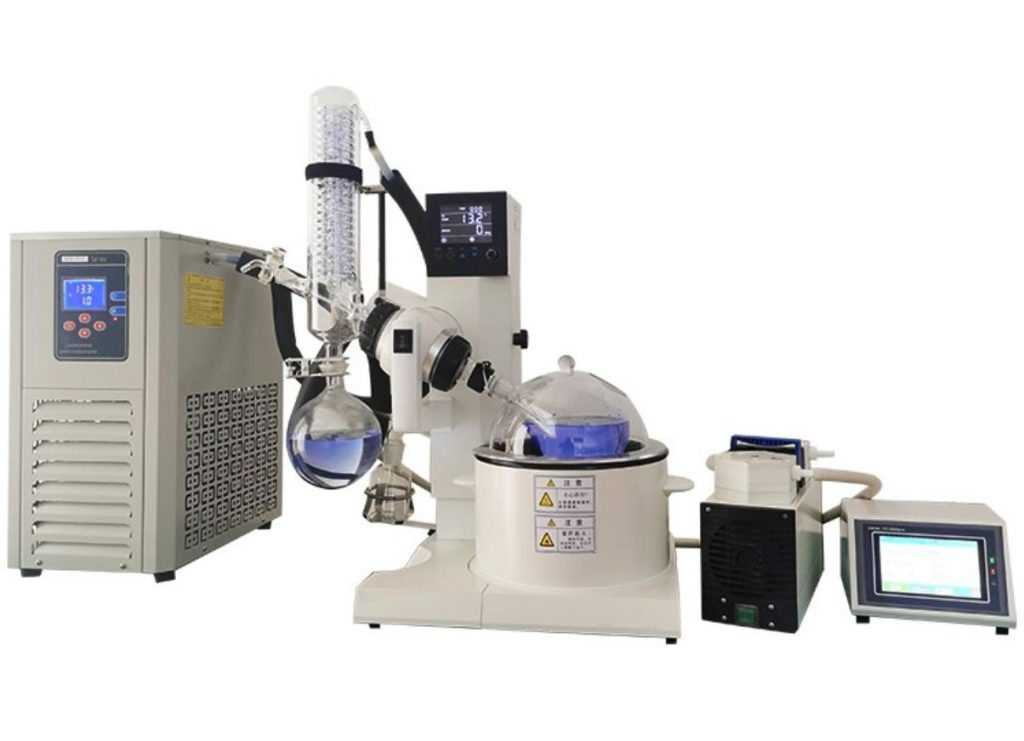
What are Rotary Evaporators
Rotary evaporators, commonly known as rotavaps, are laboratory devices used for the efficient and gentle removal of solvents from samples through the process of evaporation. They work by rotating a flask containing the sample under reduced pressure, which lowers the boiling point of the solvent, allowing it to evaporate at lower temperatures. The evaporated solvent is then condensed and collected for reuse or disposal. Rotary evaporators are widely used in chemical, pharmaceutical, and research laboratories for tasks such as concentration, purification, and solvent recycling, especially when working with heat-sensitive compounds.
The Role of Vacuum Systems in Rotary Evaporators
This chart highlights how vacuum systems are integral to the efficient, safe, and effective operation of rotary evaporators.
| Aspect | Role of Vacuum Systems |
| Lowering Boiling Point | Reduces the boiling point of solvents, enabling evaporation at lower temperatures, crucial for heat-sensitive compounds. |
| Enhancing Evaporation Efficiency | Increases the evaporation rate by maintaining optimal pressure, leading to faster processing of samples. |
| Improving Safety | Minimizes the risk of solvent bumping and over-evaporation by ensuring stable pressure control. |
| Protecting Sample Integrity | Allows for gentle solvent removal, preserving the chemical integrity of temperature-sensitive samples. |
| Reducing Energy Consumption | Lowers energy requirements by enabling evaporation at lower temperatures, contributing to more efficient operations. |
| Facilitating Solvent Recovery | Enables effective solvent recovery by controlling vapor pressure, allowing for the condensation and reuse of solvents. |
| Automation and Control | Provides precise control of vacuum levels, often through automated systems, leading to consistent and reproducible results. |
| Compatibility with Various Solvents | Utilizes chemical-resistant materials in pumps and controllers, ensuring durability and versatility in handling different solvents. |
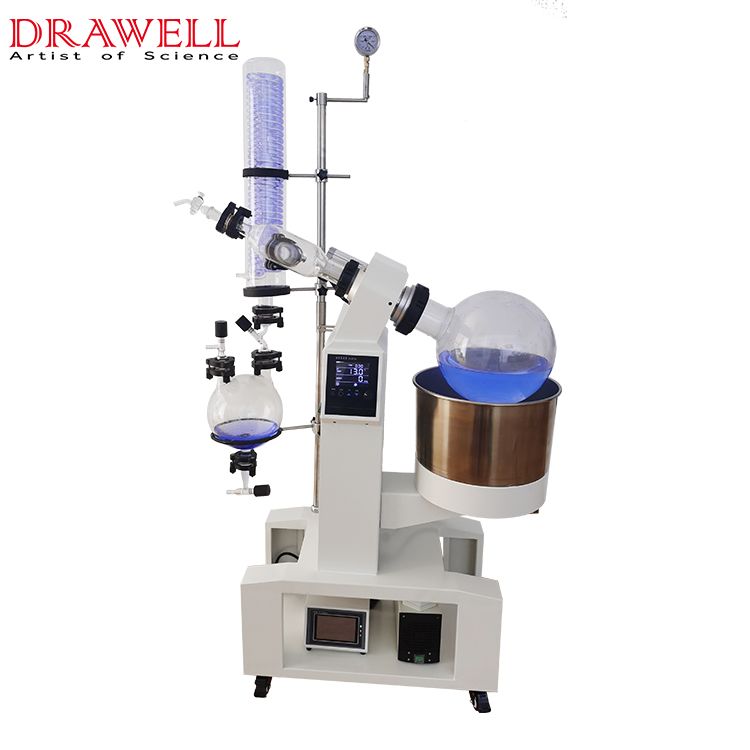
Key Innovations in Vacuum Systems of Rotary Evaporators
1. Precision Vacuum Control
- Automated Pressure Regulation: Modern systems incorporate digital controllers that automatically adjust the vacuum level to optimize the evaporation rate. This precision reduces the risk of bumping and allows for more consistent results.
- Real-Time Monitoring: Integrated sensors provide real-time feedback on pressure levels, enabling fine-tuning and ensuring stable operation even with sensitive or volatile samples.
2. Solvent Recovery and Recycling
- Closed-Loop Systems: Advanced rotary evaporators now feature closed-loop vacuum systems that allow for efficient solvent recovery. This not only reduces waste but also minimizes exposure to hazardous fumes.
- Enhanced Recovery Efficiency: Innovations in trap design and cooling technology have improved the efficiency of solvent recovery, making the process faster and more environmentally friendly.
3. Modular Vacuum Pumps
- Oil-Free Pumps: The adoption of oil-free vacuum pumps, such as diaphragm pumps, has reduced maintenance needs and eliminated the risk of oil contamination in the sample. These pumps are also quieter and more energy-efficient.
- Variable Speed Pumps: Pumps with variable speed control can adjust their operation to match the requirements of different solvents and processes, providing greater flexibility and efficiency.
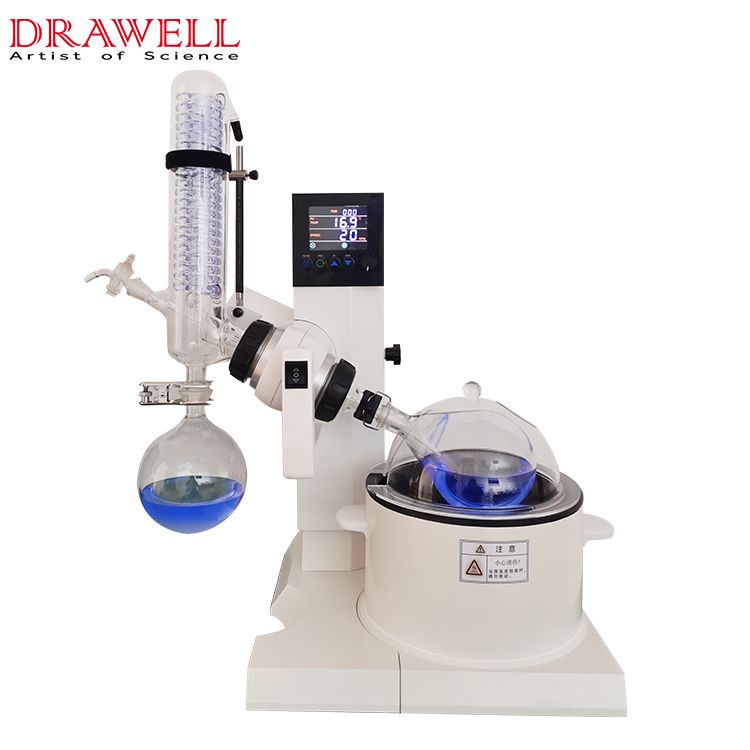
4. Integrated Vacuum Systems
- Compact Designs: Integrated vacuum systems combine the evaporator, pump, and controller into a single, compact unit. This design reduces the laboratory footprint and simplifies setup.
- User-Friendly Interfaces: Touchscreen interfaces and intuitive controls have made it easier to manage complex vacuum systems, with pre-programmed settings for common solvents and processes.
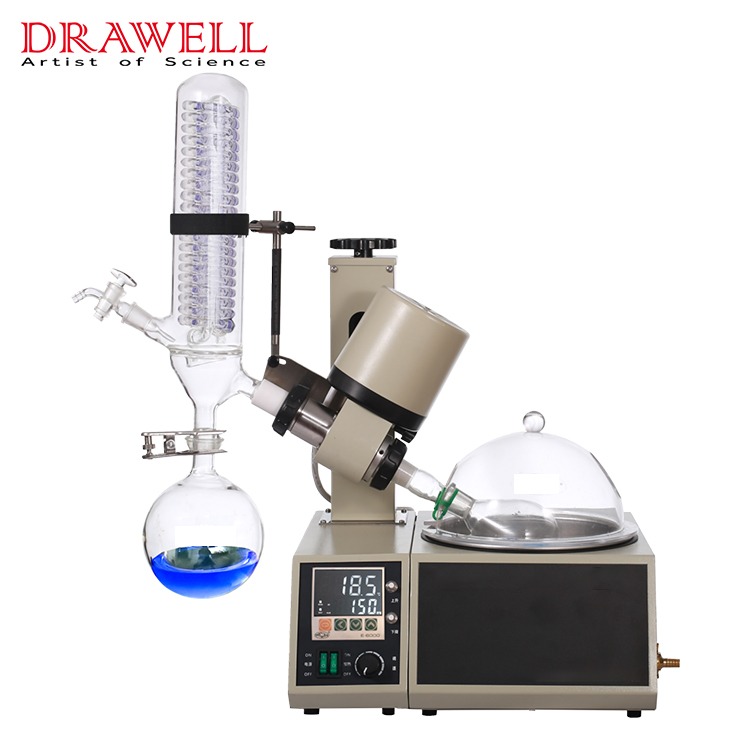
5. Safety Features
- Anti-Bumping Technology: Some systems now include features that reduce the risk of bumping by gradually lowering the pressure or gently rotating the flask.
- Overpressure Protection: Advanced systems incorporate automatic shut-offs and alarms that activate if the pressure exceeds safe levels, protecting both the operator and the equipment.
6. Sustainable and Green Solutions
- Energy Efficiency: Innovations in pump design and vacuum management have led to significant reductions in energy consumption, aligning with green laboratory initiatives.
- Eco-Friendly Materials: The use of sustainable materials in the construction of vacuum systems reflects a growing trend towards environmentally responsible laboratory practices.
7. Automation and Connectivity
- Smart Systems: Integration with laboratory management software allows for remote monitoring and control, as well as automated data logging for better process management.
- Automated Solvent Selection: Some systems can automatically adjust vacuum levels based on the selected solvent, streamlining the operation.
These innovations in vacuum systems for rotary evaporators have made them more efficient, safer, and more adaptable to a wide range of laboratory needs, supporting advanced research and industrial applications. As vacuum technology continues to advance, rotary vacuum evaporators will become even more capable, enabling new possibilities in chemical processing and analysis.

